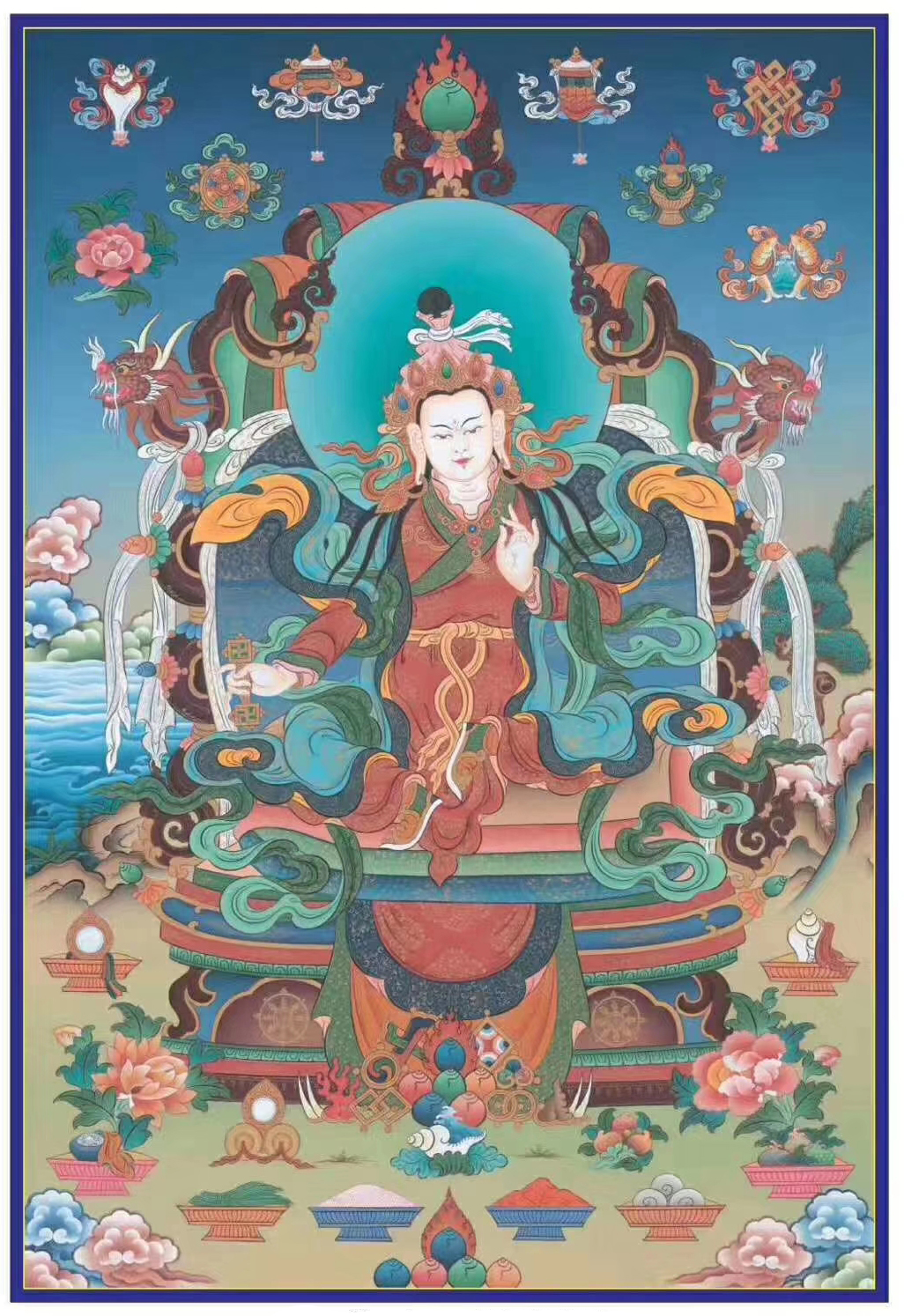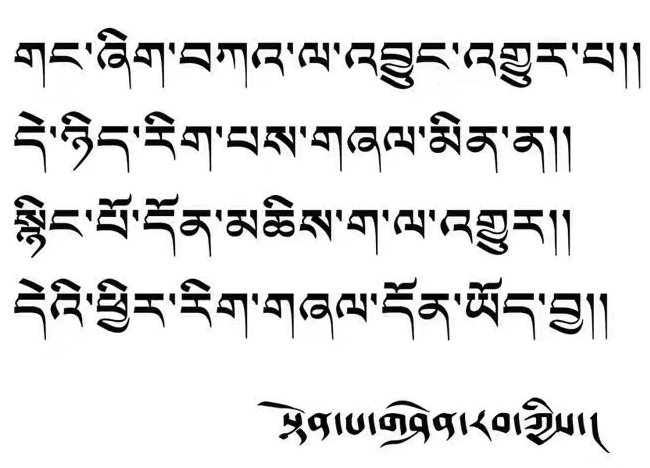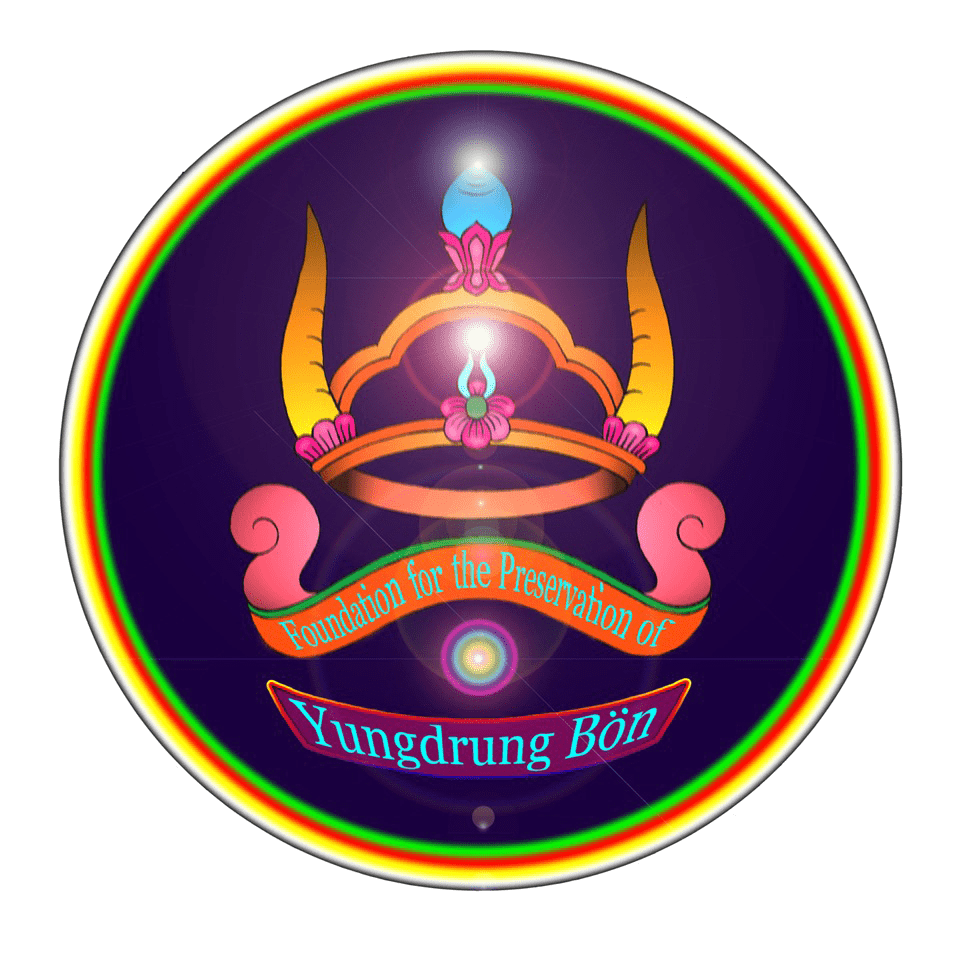Anniversary of Tönpa Shenrab’s Parinirvana སྟོན་པའི་འདས་མཆོད།

Today all Bönpos celebrate Buddha Tönpa Shenrab’s parinirvana:

“It is not enough to merely trust whatever Buddha said;
You must search for the meaning with your own mind.
Otherwise, the essential meaning can never be realised.
Therefore, it is imperative to verify Buddha’s words with your own reason.”
Advice from Buddha Tönpa Shenrab.
Translated orally by Drubdra Khenpo Tsultrim Tenzin. Edited by C. & D. Ermakovi
Teachings on the nature of Buddha and the meaning of Refuge
by Yongdzin Lopön Tenzin Namdak Rinpoche
“First of all you take Refuge (Tib. skyabs ‘gro) in the Buddha (Tib. sangs rgyas). Why is it useful to take Refuge in the Buddha? Because he can see whatever virtues you practise; he is All-Wise. So he sees whatever you have practised and accumulated with pure motivation and whatever effort you have put into accumulating merits on the way to Buddhahood, and so you can think and ask him for Refuge and he can protect you; he can do this.
What does Buddha mean? It is not easy to become a Buddha. You need to purify and release all your sufferings, miseries etc., you see, and once you have finally purified all sufferings, miseries, defilements and karmic traces then you achieve Buddhahood (Tib. mngon sangs rgyas pa). That is a Buddha. Whoever practises – including people from our Sangha here – if they practise and do everything properly and finally achieve (the result) then in the end they will be a new Buddha. That is Buddha.
In this case we talk about Tönpa Shenrab because our doctrines and Teachings all follow his doctrines and Teachings. At first you might see many things in the Tibetan tradition and think it is very complicated with so many different Yidams, Dakinis and Guardians, but in reality it is not complicated. Tönpa Shenrab achieved Buddhahood and at that time his mind became Dharmakaya (Tib. bon sku), but Dharmakaya is not separate from a being, you see, it is related with a body. In this case, the body is Shenlha Wökar. But he is not always as he appears on this picture; he is a real one and so he can move! This is only an imitation. It is like when someone takes a photo of us – we were smiling at that one time, but we are not always smiling – sometimes we are cross. [laughter] In the same way, Shenlha Wökar is not always sitting in this position – sometimes he can be peaceful. Or depending on what his followers need, sometimes he can have nine heads or hundreds of heads or something. He can be blazing with flames and wearing a cloak of human skin. He can show many things and what he shows, what form he takes, depends on other beings, if he needs to frighten them for instance. But he never loses his Compassion (Tib. snying rje, thugs rje) no matter what he shows or what form he takes.
Or sometimes we might think that he is always holding a consort, but that is not like human desire. In the Dharma we talk about Emptiness (Tib. stong pa) and Clarity (Tib. gsal ba) and about the Self-Aware Self (Tib. rang rig). Emptiness is related to the side of ‘Self’ [i.e. the ‘self’ is empty of inherent existence] while Clarity is related to Awareness (Tib. rig pa). These two are not separate (Tib. dbyer med, gnyis med) yet there are two qualities nevertheless, Emptiness and Clarity, and that is why there are these two – the Yidam and the Consort – which are not separate (Tib. yab yum). But don’t think they are like humans. They show these different emanations according to what the follower or practitioner needs at the time, but the source is Buddha. There is not only one Buddha. There are others, millions of Buddhas with the same qualities. But whoever becomes Buddha doesn’t merge into or become one mass, a kind of universal single Buddha. [I.e. although all Buddhas have the same qualities, they are not one universal enlightened mind but instead they all have fully realised the Nature of their own mind (Tib. sems nyid, gnas lugs]. I said that millions of Buddhas exist, not just one, but they all work for sentient beings. They only help sentient beings; that is their only work.”
Re-edited excerpt from Yongdzin Lopön Tenzin Namdak, Transcr. and ed. Carol Ermakova & Dmitry Ermakov, Bönchyod Gurim: Preliminary Practices for Zhang Zhung Nyen Gyud, Shenten Dargye Ling, 27th August – 1st September, 2006: pp. 49-50.
Cover image of the Buddha Tönpa Shenrab Miwo, thangka by Geshe Mönlam Wanggyal.
